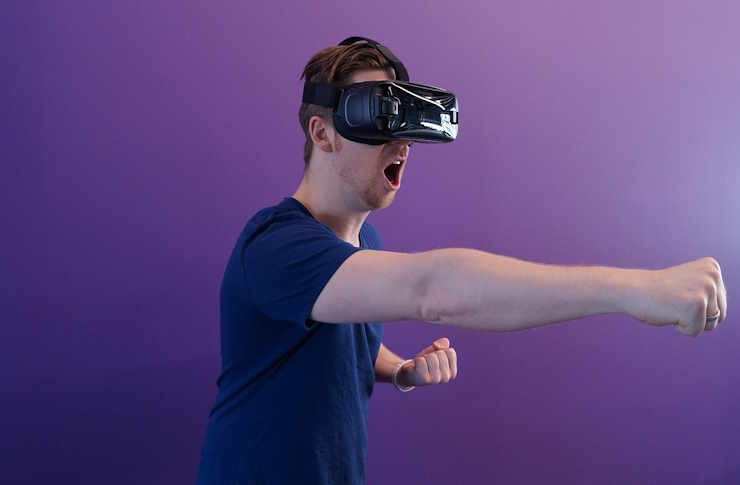Holographic Haptics: Touch the Untouchable
In a world where digital experiences are increasingly immersive, a groundbreaking technology is set to revolutionize how we interact with virtual objects. Holographic haptics, a fusion of visual holograms and tactile feedback, promises to bring the sense of touch to the intangible realm of light and air. This cutting-edge development could transform everything from gaming and entertainment to medical training and industrial design, offering users the ability to feel and manipulate holographic projections as if they were physical objects.

From Science Fiction to Reality
The concept of holographic haptics has long been a staple of science fiction, featured in movies and TV shows as a futuristic interface. However, recent advancements in both holographic and haptic technologies have brought this once-fantastical idea closer to reality. Research teams at universities and tech companies worldwide are now developing prototypes that demonstrate the feasibility of holographic haptic interfaces.
Applications Across Industries
The potential applications for holographic haptics span a wide range of industries. In healthcare, surgeons could practice complex procedures on holographic patients, feeling the resistance of virtual tissue and bone. Designers and engineers could manipulate 3D models in mid-air, feeling the contours and textures of their creations. In education, students could interact with holographic representations of historical artifacts or scientific phenomena, adding a tactile dimension to their learning experience.
Gaming and Entertainment Revolution
Perhaps the most immediate and exciting application of holographic haptics lies in the realm of gaming and entertainment. Imagine playing a video game where you can reach out and feel the texture of a dragon’s scales, or watching a movie where you can interact with holographic characters. This technology could create unprecedented levels of immersion, blurring the line between the virtual and physical worlds.
Challenges and Limitations
Despite its potential, holographic haptics faces several technical challenges. Creating convincing tactile sensations in mid-air requires precise control of ultrasonic waves or other force-feedback mechanisms. Additionally, the resolution and brightness of holographic displays need further improvement to create truly lifelike images. There are also concerns about user fatigue and the potential for sensory overload when interacting with holographic objects for extended periods.
The Road to Commercialization
While holographic haptics is still in its early stages, several companies are working to bring this technology to market. Industry analysts estimate that the first consumer-grade holographic haptic devices could be available within the next 5-10 years, with prices initially ranging from $5,000 to $10,000 for high-end systems. As the technology matures and production scales up, these costs are expected to decrease significantly, potentially reaching consumer-friendly price points within a decade.
Ethical and Social Implications
As with any transformative technology, holographic haptics raises important ethical and social questions. How will this technology affect our perception of reality and our interactions with the physical world? Will it lead to increased isolation as people become more immersed in virtual experiences? These are questions that society will need to grapple with as holographic haptics becomes more prevalent.
The Future of Human-Computer Interaction
Holographic haptics represents a significant leap forward in human-computer interaction. By allowing users to see, touch, and manipulate virtual objects as if they were real, this technology has the potential to fundamentally change how we interact with digital information and environments. As research progresses and the technology matures, we may be on the cusp of a new era where the boundaries between the physical and digital worlds become increasingly blurred.
In conclusion, holographic haptics is poised to transform numerous aspects of our lives, from how we work and play to how we learn and communicate. While challenges remain, the rapid pace of technological advancement suggests that we may soon be able to reach out and touch the untouchable, ushering in a new paradigm of immersive digital experiences.





